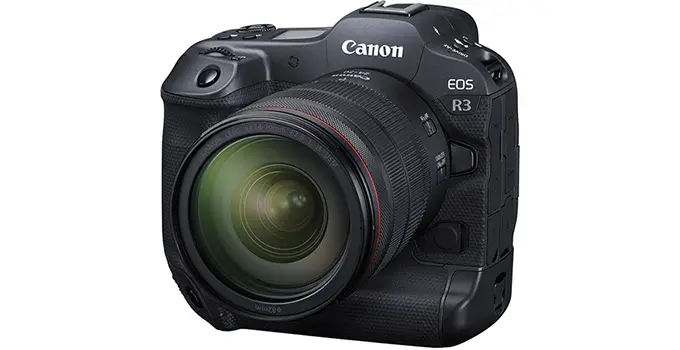

OPINION: Have you ever tried using a Windows device in tablet mode and found it to be lacking? Or wished you could use MacOS on your iPad Pro? You’re not alone. Operating systems aren’t flexible enough for modern computing.
The idea of the “MacPad” has been written about many times and the experience you get from the likes of a MacBook Air and an iPad Pro are converging. As such, many may wish that the iPad Pro can run MacOS whenever you feel like it.
Similarly, as we moved towards a portable computing world where hardware innovation is becoming more and more prevalent – see the likes of the HP Spectre Fold and Asus Zenbook Duo – it seems like software is largely falling behind.
But, some are proposing interesting solutions.
Earlier this year, we saw Lenovo unveil the cumbersomely named ThinkBook Plus Gen 5 Hybrid. It looks rather cumbersome too. Lenovo’s laptop comes with a detachable display, with the device able to operate in Windows or using Android. It’s an intriguing proposition that actually harkens back to the past, when some now-positively-ancient netbook devices could make a similar switch. But, this solution is blending adaptable hardware with software, and it’s something that very much feels like a non-Apple version of what a true “MacPad” device could be – and something I’ve advocated for in the past.
Apple TV+
The Home of Apple Originals. Enjoy star-studded, award-winning series, films, and more. Grab your 7 day free trial now.
Apple
7 day free trial
£6.99 p/m
Sign up
Lenovo’s solution recognises that current, traditionally desktop, operating systems aren’t being suitably adapted to a world where computing is far more mobile. It’s been clearly demonstrated across innovative hardware like the aforementioned Spectre Fold and foldable display devices like the Asus Zenbook 17 Fold OLED. The software just isn’t always right for how you want to use these new form factors. That’s not just my opinion either. Microsoft clearly recognises this, with murmurings of a Windows 10X made for dual-screen form factors several years ago. But, it went away with the idea of a Surface Neo machine.
Lenovo ThinkBook Plus Gen 5 Hybrid – Image Credit (Trusted Reviews)
It’s not just a problem for laptops either and, equally, I don’t think it’s an issue that can only be resolved by dual-operating systems.
There should be more choice. If I want to buy an iPad Pro that runs MacOS then let me. If I want a PC gaming handheld that can be purchased running SteamOS or Windows 11 then let me. Prolific gaming handheld releaser Ayaneo is doing just that, in an unofficial fashion. You’ll be able to pick up its Next Lite device with either Windows 11 or an unofficial fork of SteamOS (via The Verge). For those who aren’t onboard with the idea of a Windows handheld or, alternatively, those who like the freedom Windows gives you across game launchers then this option lets you choose at the point of purchase.
Now, some aspects of what I’m pondering here is likely a pipedream. To take it to a fanciful extent, sure, many would love to have a MacBook that runs Windows in a more official way, but that’s simply not going to happen. Even the idea of MacOS on an iPad has long seemed unlikely, with Apple so careful in how it integrates its devices with its software. However, across the computing industry, it’s becoming clear that a more mobile computing future is, indeed, the future. Software is becoming far more important on the innovation side of things and more freedom is sorely needed.
Ctrl+Alt+Del is our weekly computing-focused opinion column where we delve deeper into the world of computers, laptops, components, peripherals and more. Find it on Trusted Reviews every Saturday afternoon.






